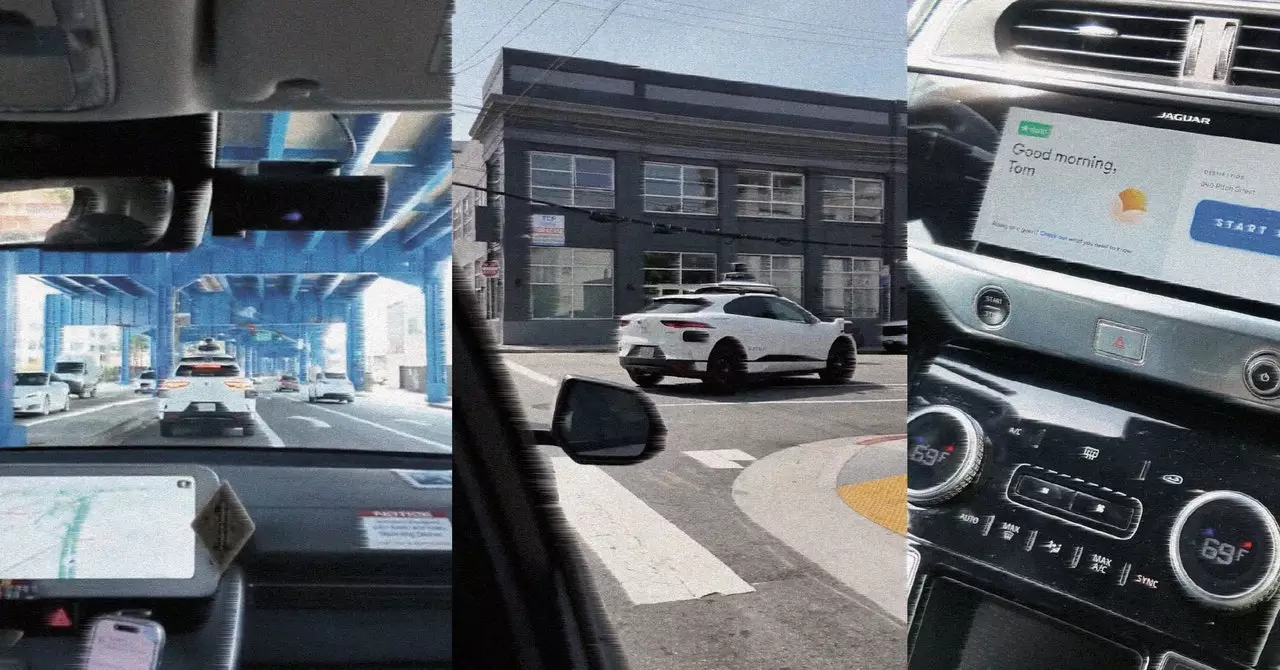Gabe embodies the spirit of San Francisco, being a product of its vibrant culture and history. Born into a lineage that traces its roots through the richly layered tapestry of the city, his childhood connections to notable political figures like Nancy Pelosi’s children and Gavin Newsom provide a unique backdrop. Yet, it’s not just his social milieu that defines him; his professional life has been carved out in the intricate, and often chaotic, world of urban transportation. Since 1995, he has maneuvered through the streets of San Francisco, seamlessly transitioning between taxicabs and modern ride-hailing services like Uber and Lyft, while standing at the forefront of advocacy for drivers’ rights with initiatives such as organizing protests in the late ’90s.
Operating as a professional driver entails much more than just navigating the road. Gabe’s experience underscores the myriad complexities faced by drivers in a rapidly changing industry. He has utilized his insights over two decades to write extensively about the nuances of ride-hailing, driving, and even motorcycling. This extensive background lends him a level of expertise that is invaluable, especially as new technologies evolve to disrupt traditional models of transportation. The dichotomy of experience versus innovation is palpable in his interactions, particularly as he embraces the transition from manual driving to the futuristic realm of self-driving cars.
Adding another layer to Gabe’s narrative, his military service during the first Gulf War introduces themes of discipline and precision. Driving a sophisticated electric vehicle like the Hyundai Ioniq 5, which boasts accolades such as a 9/10 rating from WIRED, Gabe showcases a blend of practicality and modern eco-consciousness. His militaristic background manifests in how he approaches driving with a keen sense of situational awareness. This level of insight becomes particularly apropos when juxtaposed with the cutting-edge, albeit quirky, technology of autonomous vehicles, which are equipped with an array of cameras and sensors designed to navigate the urban landscape on their own.
The adventure begins inconspicuously as the crew engages a Waymo vehicle, a moment layered with both anticipation and humor. Gabe’s quip about citing classic movie tropes serves as a reminder of how culture informs our interactions with technology. The subsequent wait for the Waymo to initiate movement underscores the inherent differences between human drivers and their AI counterparts. The tension of waiting, coupled with a nagging sense of awkwardness, illustrates not just the novelty of self-driving technology but brings to the forefront the adaptability challenges that come with such a transition.
Ultimately, the experience of riding in a self-driving car is surprisingly nuanced. It’s a departure from traditional notions of driving as a vibrant and kinetic act, transforming it into a serene yet somewhat anticlimactic moment. The smooth, controlled motions of the vehicle lack the thrill commonly associated with manual driving, thus prompting reflections on the future of urban mobility. As society grapples with the implications of widespread autonomous driving, familiar yet distant experiences redefine what it means to traverse urban spaces. Gabe’s story, rooted in tradition yet intertwined with innovation, encapsulates the profound transformation taking place in the sphere of transportation—one that is emblematic of a larger shift in our everyday lives.

